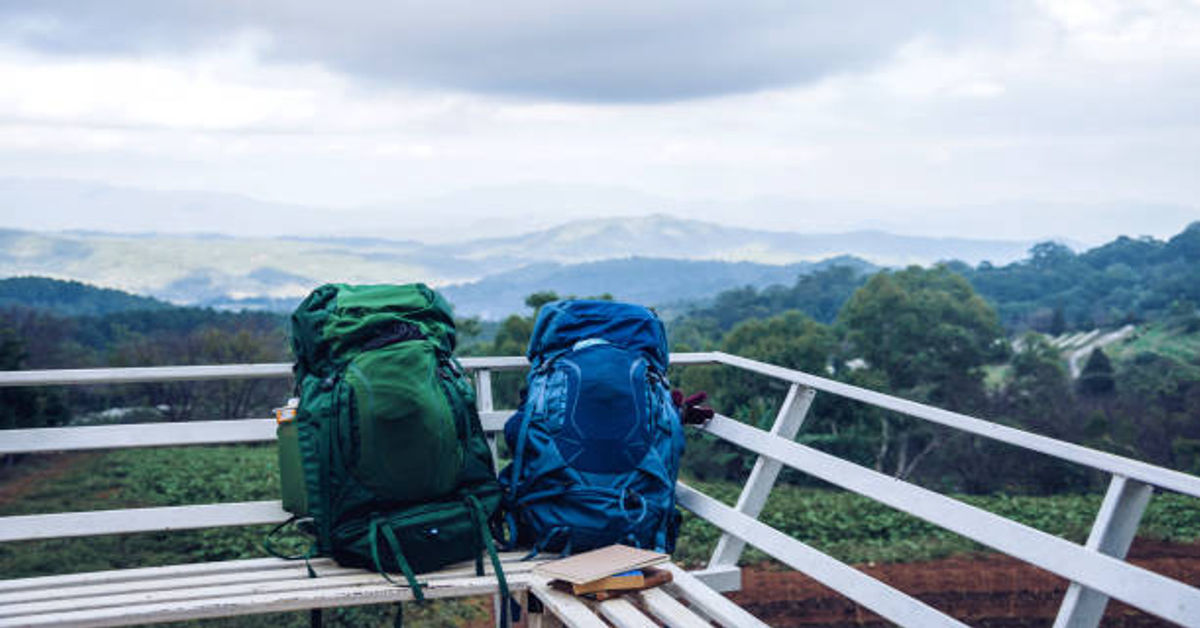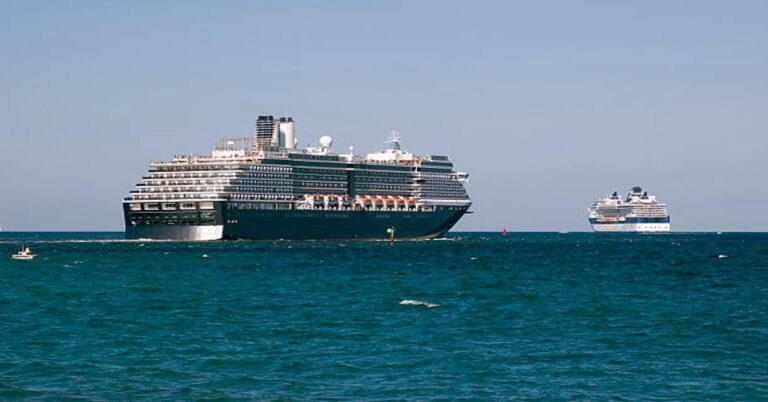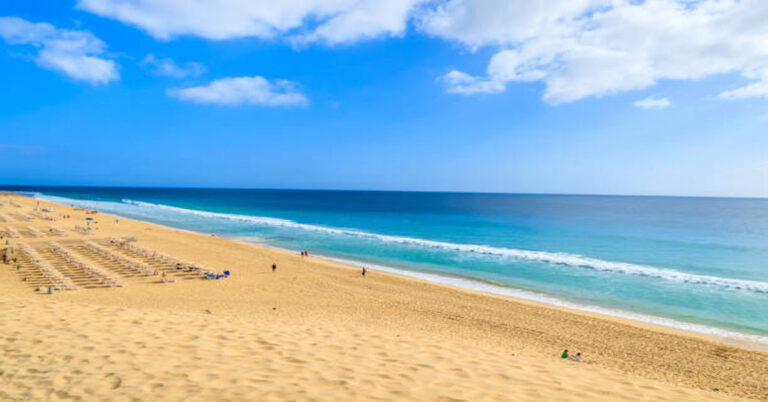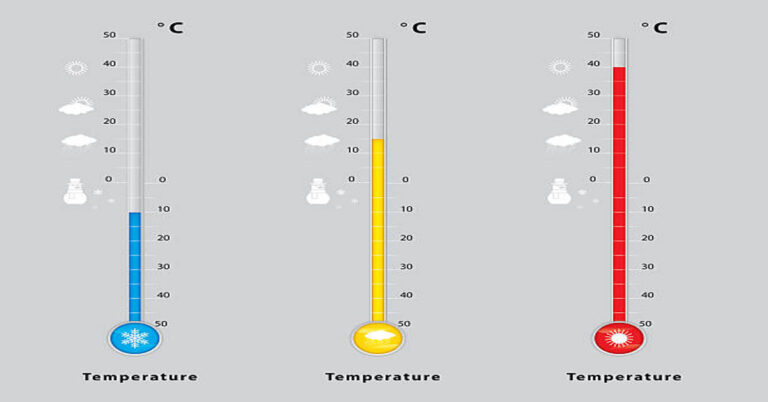
Traveling is one of the most rewarding experiences life can offer — but without the right gear, even the most exciting trip can quickly become stressful. Among all the travel essentials, one item stands above the rest: the travel backpack. It’s more than just a bag; it’s your mobile home, wardrobe, office, and sometimes even your survival kit.
Selecting the perfect travel backpack isn’t just about fashion or brand — it’s about functionality, ergonomics, storage efficiency, and personal comfort. Whether you’re backpacking across Europe, hiking in the Andes, flying for business, or embarking on a weekend getaway, the right backpack determines how smooth your journey will be.
This in-depth guide will help you understand what makes a great travel backpack, how to select one that fits your lifestyle, and what features actually matter versus those that are just marketing noise. Let’s dive in and unpack everything you need to know.
1. What Is a Travel Backpack?
A travel backpack is a versatile piece of luggage designed for carrying belongings on your back during trips, balancing comfort, organization, and capacity. Unlike traditional suitcases, which are rigid and cumbersome, travel backpacks allow freedom of movement and easy portability.
Unlike school backpacks, which are meant for light items, travel backpacks are constructed with reinforced stitching, padded shoulder straps, adjustable hip belts, and numerous compartments. The goal is to make them capable of holding clothing, electronics, toiletries, and other travel gear securely while keeping your hands free.
The travel backpack symbolizes mobility and independence. It’s ideal for explorers, digital nomads, hikers, students abroad, and anyone who wants to travel light yet prepared.
2. Why a Travel Backpack Matters
Many travelers underestimate how much a backpack can affect their trip. A poor-quality bag can cause shoulder pain, make you disorganized, or even damage valuable items. A well-designed one, however, enhances every moment of your travel experience.
Here’s why it’s such a crucial investment:
- Comfort and Mobility: A good backpack distributes weight evenly, making long walks through airports or cities effortless.
- Organization: Multiple compartments keep clothes separate from electronics and toiletries.
- Security: Anti-theft zippers, hidden pockets, and lockable sections protect valuables.
- Durability: High-quality materials resist wear and tear, rain, and frequent handling.
- Sustainability: Many modern backpacks are made from eco-friendly fabrics that support responsible travel.
A travel backpack is like your travel partner — it adapts to your needs, protects your belongings, and gives you freedom to move comfortably.
3. Types of Travel Backpacks
Not all travel backpacks are the same. Each type serves a specific purpose based on the traveler’s lifestyle and journey type. Understanding these categories will help you make an informed decision.
| Type | Best For | Key Features |
|---|---|---|
| Daypack | Short hikes, day trips, city tours | Lightweight, 10–25L, minimal pockets |
| Carry-On Backpack | Air travel without check-in luggage | Compact, TSA-approved size, laptop sleeve |
| Backpacking Rucksack | Long-term travelers or trekkers | 40–70L, sturdy frame, multiple compartments |
| Business Travel Backpack | Work trips and digital nomads | Laptop compartment, sleek design, USB ports |
| Convertible Backpack/Duffel | Mixed transport travel | Convertible straps, stow-away handles |
| Hiking/Trekking Backpack | Outdoor adventures | Ventilated back, hydration system, weatherproof |
| Minimalist Backpack | Light travelers | Simple design, under 30L, easy organization |
Each category emphasizes different aspects of portability and packing. A smart traveler chooses the one that fits their travel frequency, purpose, and personal preference.
4. Key Factors to Consider Before Buying a Travel Backpack
Choosing the perfect backpack involves more than just picking one that looks stylish. Below are the essential features you must evaluate carefully:
4.1. Capacity and Size
The capacity of a travel backpack is measured in liters (L). The ideal size depends on trip duration and packing habits.
| Trip Duration | Recommended Size | Ideal Use |
|---|---|---|
| Weekend getaway (1–3 days) | 20–30L | Daypack or small carry-on |
| Short trip (4–7 days) | 30–45L | Carry-on travel backpack |
| Long trip (1–3 weeks) | 45–60L | Large backpack or hybrid |
| Extended travel (3+ weeks) | 60–80L | Rucksack or expedition bag |
A large backpack might sound practical, but overpacking can make travel stressful. Always choose size based on what you truly need — not what you might need.
4.2. Fit and Comfort
Comfort should be non-negotiable. The best backpack feels like an extension of your body, not a burden.
- Adjustable Shoulder Straps: Should sit comfortably without digging in.
- Padded Back Panel: Reduces strain and allows airflow to prevent sweating.
- Chest and Hip Straps: Help distribute weight evenly to your hips rather than your shoulders.
- Torso Length Fit: Measure your torso before purchasing — many brands offer small, medium, and large torso sizes.
A well-fitted backpack can make long travel days significantly easier.
4.3. Material and Durability
The material determines the backpack’s longevity and protection against elements. Look for:
- Nylon or Polyester Ripstop Fabric: Lightweight yet resistant to tearing.
- Water-Resistant Coating: Essential for unpredictable weather.
- YKK Zippers: Known for durability and smooth function.
- Reinforced Stitching: Especially around the shoulder and bottom sections.
Some modern backpacks use recycled fabrics, reducing environmental impact without sacrificing strength.
4.4. Compartments and Organization
A good backpack should allow easy access and intelligent organization. Ideal features include:
- Front and Side Pockets: For small essentials and quick-access items.
- Main Compartment with Dividers: Keeps clothes, shoes, and electronics separated.
- Laptop and Tablet Sleeve: Provides padded protection for gadgets.
- Hidden Pockets: Keep passports, wallets, and keys safe.
- Expandable Sections: Adapt storage space as needed.
A well-organized backpack saves time and frustration during travel.
4.5. Weight and Portability
An empty backpack should be as light as possible without compromising strength. For carry-on use, look for models under 1.5 kg (3 lbs).
Lighter packs are easier on your spine, especially when walking long distances or climbing stairs.
4.6. Style and Appearance
While functionality is key, aesthetics matter. Today’s travel backpacks come in sleek, urban, and minimalist designs that blend into city life as easily as outdoor trails. Choose a color that complements your wardrobe and hides stains (gray, black, navy are popular choices).
4.7. Security Features
Travel exposes you to crowded spaces and theft risks. A backpack with anti-theft design can protect your valuables.
Features to consider:
- Lockable zippers
- Hidden compartments
- RFID-blocking pockets
- Slash-resistant fabric
- Integrated TSA locks
Peace of mind during travel is priceless.
5. How to Pack a Travel Backpack Efficiently
Even the best backpack is only as good as how you pack it. Organized packing saves time and space, while keeping your items safe and accessible.
Step-by-Step Packing Strategy
- Lay out everything first. Visualize what’s necessary before putting anything inside.
- Use packing cubes or compression bags. They divide clothes by category and minimize wrinkles.
- Pack heavier items at the bottom. Keeps center of gravity low and prevents shoulder strain.
- Place essentials in accessible areas. Passport, phone, and wallet should be within quick reach.
- Roll, don’t fold. Rolling clothes saves space and reduces wrinkles.
- Distribute weight evenly. Avoid side imbalance that can cause back pain.
- Use external loops smartly. Attach only lightweight items like jackets or water bottles.
6. Maintenance and Care of a Travel Backpack
Proper care ensures your travel backpack lasts years. Here’s how to keep it in top shape:
- Clean Regularly: Use mild soap and water; avoid harsh detergents that damage coatings.
- Air Dry: Never use a dryer — it can warp padding and shrink fabrics.
- Empty After Every Trip: Shake out sand, dirt, or crumbs that collect over time.
- Lubricate Zippers: Use beeswax or zipper lube for smooth function.
- Store Properly: Keep in a cool, dry place, avoiding prolonged exposure to sunlight.
With the right maintenance, a quality travel backpack can last more than a decade.
7. Comparing Travel Backpacks vs. Suitcases
| Feature | Travel Backpack | Suitcase |
|---|---|---|
| Mobility | Excellent; hands-free movement | Limited; needs rolling surface |
| Weight | Lightweight | Heavier, often 3–5 kg empty |
| Versatility | High; fits overhead bins, rough terrains | Ideal for smooth travel, less flexible |
| Organization | Multi-compartment options | Compartmentalized but less adjustable |
| Security | Depends on design | Often comes with locks |
| Ideal For | Backpackers, adventurers, flexible trips | Business or luxury travelers |
Travel backpacks are unbeatable when flexibility and mobility matter most.
8. Health Benefits of a Proper Travel Backpack
A poorly designed bag can lead to neck pain, muscle fatigue, and long-term posture issues. Conversely, ergonomic backpacks offer measurable health benefits:
- Reduced Shoulder Strain: Even weight distribution reduces muscular imbalance.
- Spinal Support: Padded back panels and hip belts minimize spinal compression.
- Improved Posture: Balanced load encourages upright walking.
- Breathability: Ventilated back keeps body temperature regulated.
- Better Circulation: Proper strap adjustments prevent restricted blood flow.
9. Sustainable Travel Backpacks: The Eco-Friendly Revolution
Modern travelers are more eco-conscious than ever. Sustainable backpacks made from recycled polyester, organic cotton, or repurposed ocean plastic are gaining popularity.
Benefits of Eco-Friendly Backpacks
- Reduce environmental waste
- Support ethical manufacturing
- Often last longer due to high-quality stitching
- Appeal to conscious travelers who value responsible consumption
Choosing an eco-friendly travel backpack supports a cleaner planet — one trip at a time.
10. Top Features Modern Travelers Love
Modern travel backpacks are more than fabric and zippers. Innovative designs now include:
- Built-in USB charging ports
- Smart compartments for tech gear
- Hidden anti-theft zippers
- Weatherproof coatings
- Expandable storage capacity
- Modular attachments (detachable daypacks)
- Ventilated harness systems
The modern backpack is essentially a wearable travel assistant.
11. Travel Backpack Weight Distribution Table
| Component | Ideal Weight Percentage |
|---|---|
| Bottom (heaviest items – shoes, gear) | 40% |
| Middle (clothing, folded items) | 35% |
| Top (lightweight accessories) | 15% |
| Outer pockets (snacks, water, documents) | 10% |
Following this structure keeps your backpack stable and comfortable for long periods.
12. Choosing Between Gender-Specific and Unisex Models
While many backpacks are unisex, some are tailored for specific body structures:
- Women’s Backpacks: Shorter torso length, narrower shoulder spacing, curved straps.
- Men’s Backpacks: Broader frame fit, slightly longer torso design.
- Unisex Models: Adjustable for various body shapes.
The best backpack is the one that feels custom-made for your body, regardless of gender label.
13. Budget vs. Premium Travel Backpacks
| Category | Budget (Under $100) | Mid-Range ($100–$200) | Premium ($200+) |
|---|---|---|---|
| Durability | Basic nylon | Reinforced ripstop | High-grade Cordura, waterproof |
| Comfort | Minimal padding | Adjustable harness | Ergonomic design |
| Features | Few compartments | Laptop sleeve, hidden pockets | Smart tech, anti-theft, MR coating |
| Lifespan | 2–3 years | 5–7 years | 10+ years |
While premium models last longer, a mid-range backpack often offers the best balance of comfort and cost.
14. How to Measure Yourself for the Right Fit
- Stand straight and tilt your head slightly forward.
- Find the C7 vertebra — the bone that sticks out where your neck meets your shoulders.
- Measure from that point down to your hip bone top (iliac crest).
- Compare this measurement with brand sizing charts (usually 15–21 inches for most adults).
A perfect torso fit ensures that the backpack rests comfortably against your body, not pulling backward.
15. Accessories That Enhance Your Travel Backpack Experience
- Rain Cover: Protects against heavy rain and dirt.
- Packing Cubes: Keeps items organized.
- Travel Locks: Adds security to zippers.
- Hydration Bladder: Perfect for long hikes.
- Waist Pouch: Quick access to tickets or cash.
- Portable Charger: Keeps electronics powered during long journeys.
A well-chosen accessory setup turns your backpack into a complete travel system.
16. Common Mistakes When Buying a Travel Backpack
- Focusing only on looks. Style without comfort leads to regret.
- Ignoring fit and size. A wrong fit causes back pain and imbalance.
- Choosing too large a bag. Leads to overpacking and fatigue.
- Skipping waterproofing. Rain can ruin valuables instantly.
- Buying cheap zippers or straps. These fail when you need them most.
Avoiding these mistakes will make your purchase both practical and lasting.
17. Future Trends in Travel Backpacks
The future of travel gear is becoming increasingly smart and sustainable. Innovations to expect in upcoming years include:
- Integrated solar charging panels
- Built-in GPS tracking for lost bags
- AI-driven weight sensors and alerts
- Smart fabric that adapts to climate
- Modular attach-and-detach pouches
- Minimalist foldable frames
The next decade will merge fashion, function, and technology into a single seamless travel experience.
18. Final Thoughts
A travel backpack is far more than luggage — it’s your mobile lifestyle companion. The perfect one balances comfort, durability, and style while keeping your belongings secure and organized. Whether you’re embarking on a cross-country road trip, international study program, or weekend adventure, choosing wisely will make your journey easier, healthier, and more enjoyable.
When investing in a travel backpack, remember that it’s not about owning the most expensive or high-tech one. It’s about finding the right fit for your body, your purpose, and your spirit of adventure. Choose it carefully, maintain it well, and it will carry not only your belongings but countless stories and memories for years to come.
FAQs
1. What size travel backpack is best for international trips?
For most international travelers, a 40–50L backpack is ideal. It’s compact enough for carry-on standards yet spacious enough for two weeks of clothing and essentials. Avoid oversized backpacks that may exceed airline restrictions.
2. Can a travel backpack replace a suitcase?
Yes, for many travelers it can. A well-designed travel backpack provides greater mobility and convenience, especially on uneven terrain or public transport. However, for business or formal travel, a suitcase may still be preferable for wrinkle-free clothing.
3. How can I keep my travel backpack secure during trips?
Choose backpacks with lockable zippers, hidden pockets, and anti-slash materials. Use small TSA-approved locks and always keep valuables close to your body when traveling in crowded areas.
4. What materials last longest in travel backpacks?
High-denier nylon (such as 500D–1000D) and ripstop polyester offer the best combination of durability and lightweight performance. Look for reinforced stitching and water-resistant coatings for extended lifespan.
5. Are travel backpacks worth the investment?
Absolutely. A high-quality travel backpack supports your posture, organizes your gear efficiently, and withstands years of travel. Considering how much comfort and convenience it brings, it’s one of the smartest investments for any traveler.







